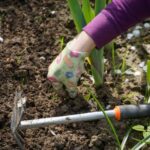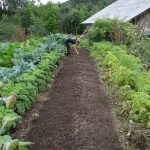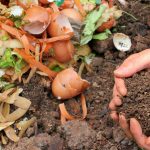Weeds can be harmful to plants in a number of ways. First and foremost, weeds compete with other plants for water, sunlight, and other nutrients, which can weaken and even kill them over time. Weeds can also harbour pests and diseases that can spread to other plants, and some weeds produce chemicals that can be toxic to other plants.
Weeds make gardens and landscaped areas look unkempt, which can also decrease the value of your property. For these reasons, it is important to control weeds in your garden or landscape to protect your plants and maintain the health of the ecosystem. If you want to know more about weeds and how to manage them, keep reading.
Contents
What happens if weeds are not removed?
If weeds are not removed, they can spread and multiply rapidly, taking over an area and dominating the landscape or garden. This can lead to a number of problems, including the ones mentioned above. Certain types of weeds can be invasive and difficult to control if they are allowed to become established. It is important to remove weeds before they have a chance to create a strong root system and spread to other areas of the garden.
There are many kinds of weeds that can be considered invasive, which means that they spread quickly and can be hard to get rid of once they have established themselves. Some examples of invasive weeds include:
- Kudzu
- Japanese Knotweed
- Giant Hogweed
- Mile-a-Minute weed
- Purple Loosestrife
- Spotted Knapweed
- Black Swallow-wort
Invasive weeds can be native to a region, but they can also be introduced accidentally from other areas. They often have unique traits that give them an advantage over other plants; for example, they are able to reproduce quickly, and they can also produce chemicals that stop other plants from growing.
Weeds are able to live in a wide range of environments and have the ability to spread rapidly and take over an area in a short amount of time. It is important to control invasive weeds to prevent them from damaging the ecosystem and threatening the health of other plants.
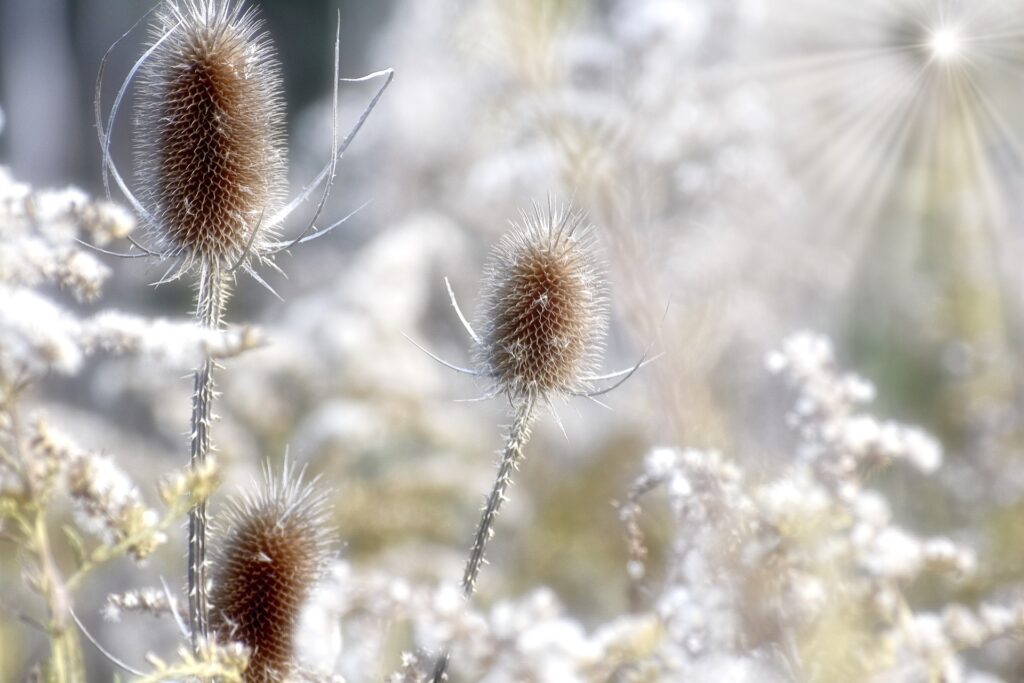
How do you remove invasive weeds?
There are many ways you can remove invasive weeds, and the best way will depend on the weed and the situation at hand. Some common methods for controlling invasive weeds include the following:
Mechanical control,
This involves physically removing the weeds using tools such as hoes, shovels, or weed pullers. This can be effective for small areas or where weeds are not well established.
Chemical control
This involves using herbicides to kill the weeds. Herbicides can be put on the weeds themselves or into the soil to stop weed seeds from germinating. This method can be effective for large areas or where weeds are difficult to remove mechanically.
Biological control
This involves using natural predators or pathogens to attack and kill the weeds. For example, some weeds can be controlled by introducing insects or fungi that feed on them.
Japanese knotweed is an extremely invasive weed. It is important to stop it from spreading or being accidentally transferred to another area. You will need to make sure you dispose of any cuttings and roots in the correct way.
Something else you will need to be mindful of is not moving soil to other areas of the garden or even to a new location, as the soil could contain roots that can invade other areas. For this reason, we recommend using a specialist to remove Japanese knotweed.
It is also important to monitor the area regularly and take action to control any new growth as soon as it is noticed.
How do you permanently stop weeds from growing?
There are a few methods you can use to permanently stop weeds from growing in your garden. One popular method is to use herbicides. Herbicides are chemicals that kill weeds. However, it is important to know that herbicides can be harmful to the environment and to other important plants. It is important that you use them carefully and follow the instructions on the label correctly.
Another method for permanently stopping weed growth is to use physical barriers, such as weed control fabric or mulch. These barriers will prevent weeds from getting the sunlight and water that they need to grow.
You can also use a combination of both herbicides and physical barriers to kill established weeds and stop new ones from growing. Using both herbicides and barriers can help keep established weeds at bay and make weed control easier in the future.
If you are growing your own fruit and vegetables, you will want to stick with natural weed control methods, as using herbicides and pesticides can be harmful to humans, so it is important to limit their use.
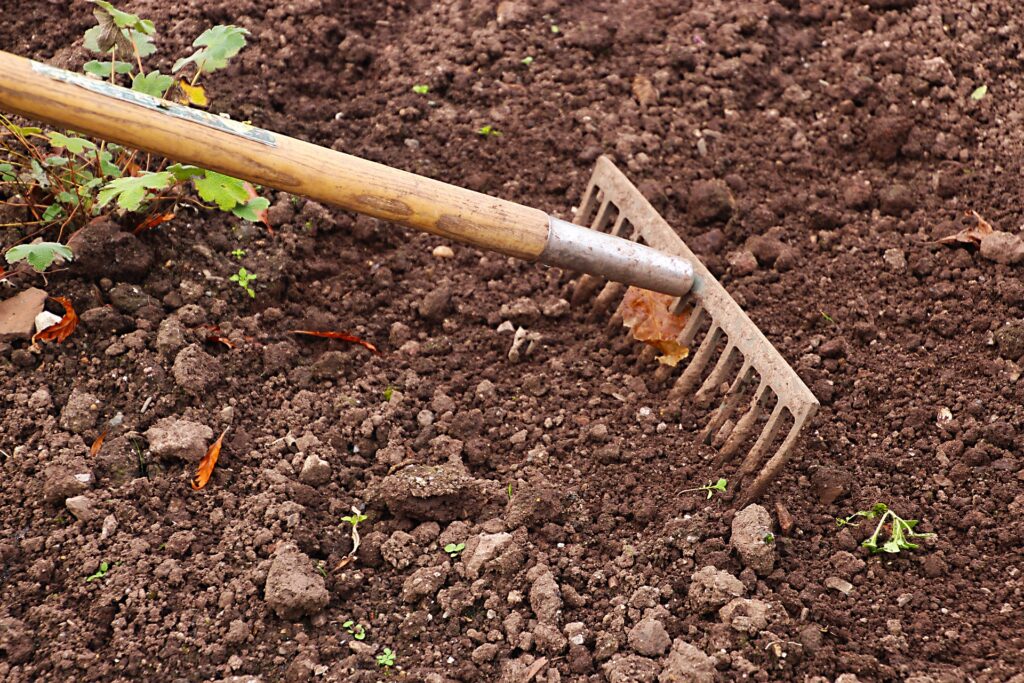
What are some natural weed control methods?
There are several natural methods you can use for controlling weeds in your garden or lawn. As mentioned above, physical barriers, such as weed control fabric or mulch, can be an effective way to control weeds without using chemicals.
Another natural method for controlling weeds is to use vinegar or boiling water. This method can be effective for killing small weeds, but it may not work for larger or more established weeds.
You can also use hand-pulling or tilling to remove weeds from your garden. This can be an effective method, but it can also be time-consuming and labour-intensive.
Lastly, some gardeners use cover crops to control weeds. Clover or alfalfa can stop weeds from growing naturally. These crops will compete with the weeds for sunlight, water, and nutrients, making it difficult for the weeds to grow.
Are there any beneficial weeds?
While some people consider weeds to be unwanted plants that cause havoc in their gardens, some types of weeds can have positive benefits. For example, some weeds are known to have medicinal properties and can be used to make natural remedies. Other weeds, such as dandelions and clover, are a valuable source of food for bees and other pollinators in early spring and at the end of the growing season when flowers start to die off.
Some weeds are considered to be attractive plants, and some gardeners even include them in their landscaping on purpose. Milkweed, for example, is a common weed, but many people consider it to be a beneficial plant as it is also the primary food source for monarch butterflies.
Whether or not you think a plant is a weed depends solely on your own perspective. Some people may consider a particular plant to be a weed, while others may appreciate it for its beauty or its benefits to the environment.



